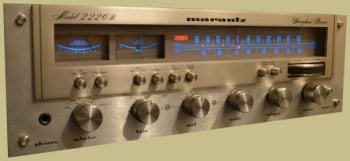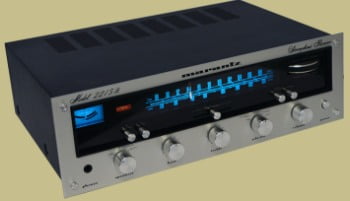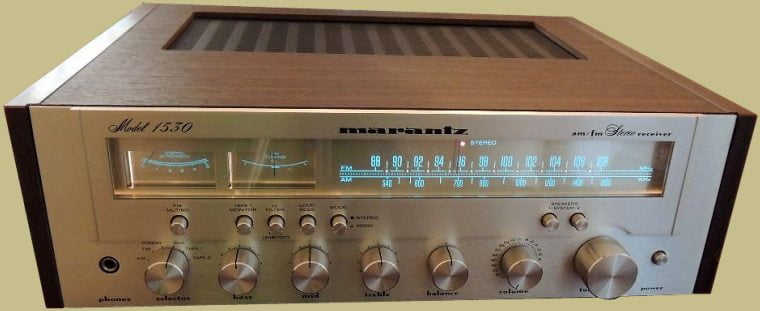
The Marantz 1530 came on the market in 1978 and lasted for a few years before being moved off the shelves via discounting. It retailed at about $340 in 1978 but by 1980 was down to $299. It’s not a high powered receiver but was their mid range offering. It produces 30 watts per channel into 8 ohms. Cost cutting was the name of the game for Marantz in the late 1970s into the early 80’s, and beyond, so build quality suffered with the later models. To be fair, all audio manufacturers were heading down the same cost cutting road. Some might argue that quality at Marantz took a big hit when Saul Marantz left the company in the mid 1960’s. But, they still made good quality equipment from 1964 into the very early 1980’s while they were owned by Superscope. Philips bought the company in 1992.
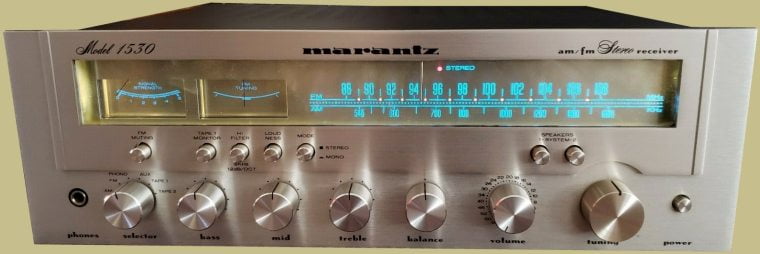
The 1530 has different styling than earlier Marantz receivers. The main difference being the removal of the iconic gyro-touch tuning wheel that so many audio enthusiasts are familiar with. The face plate design is slightly different as well as it has an arched cut out above the tuning knob where the gyro-touch wheel used to be. The 1530 only requires two bulbs to light the dial as opposed to five on previous models – another cost cutting move but nice if you need to replace the bulbs. The knobs were still an attractive machined aluminum with a beveled edge.
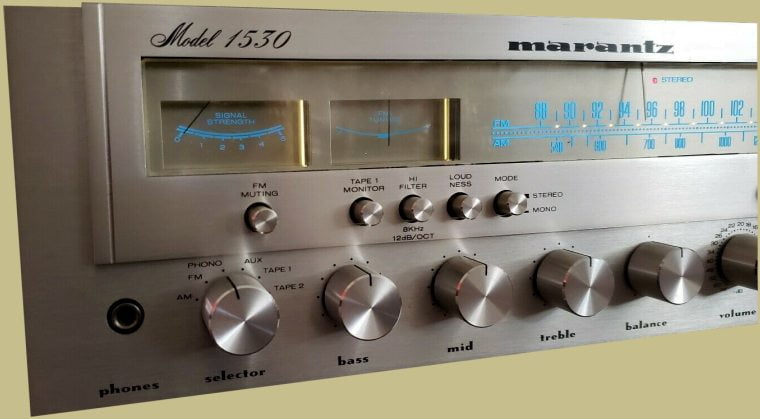
The 1530 has bass, mid and treble controls, a loudness control, muting button, signal strength and FM tuning indicators, a high filter and a jack for headphones. The volume control is stepped. It also had an optional WCV-115 wood case available which you can see in the first picture.
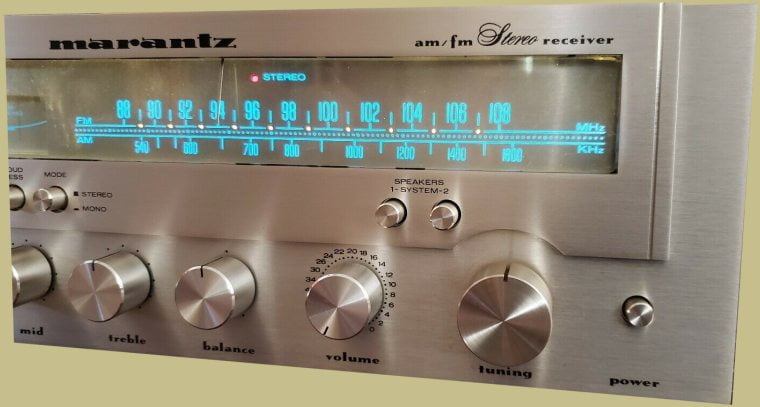
Specifications:
Tuning range: FM, MW
Power output: 30 watts per channel into 8Ω (stereo)
Frequency response: 18Hz to 30kHz
Total harmonic distortion: 0.15%
Damping factor: 53
Input sensitivity: 2.8mV (MM), 180mV (line)
Signal to noise ratio: 72dB (MM), 80dB (line)
Output: 500mV (line)
Speaker load impedance: 4Ω (minimum)
Dimensions: 440 x 137 x 357mm / 17 1/4 x 5 3/8 x 14 1/8
Weight: 10kg / 26 lb 2 oz
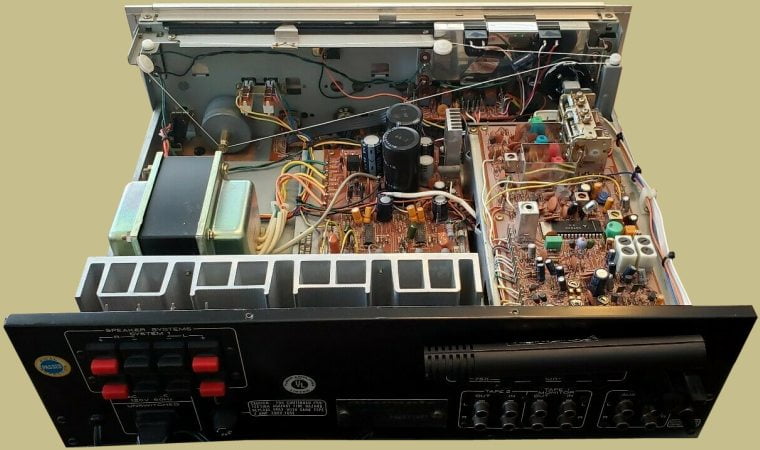
Despite the cost cutting measures the power transformer actually looks fairly large. The large heat sink is nice too. Overall though the inside looks nothing like the older 22xx series Marantz receivers.
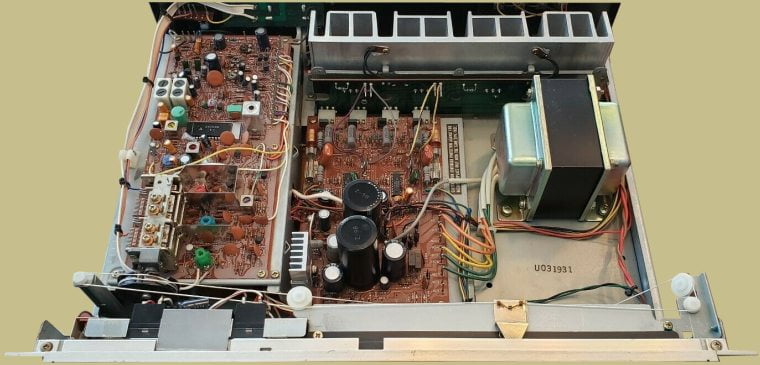
Most Marantz 1530 owners say that it produces really nice sound but it may lack a little in the bass. The mids and highs though are very good. There was also a model 1530L available at the time that had long wave tuning from 150-350kHz. Other receivers in the line were the smaller 1515 at 15 wpc, and the larger 1550 at 50 wpc.

The Marantz 1530 isn’t a bad receiver. In fact, it’s pretty good. No, it’s not up to par with the earlier 22xx series receivers but it also sells for quite a bit less. If you find that the earlier Marantz models are too pricey then maybe start off with the 1515, 1530 or 1550.
